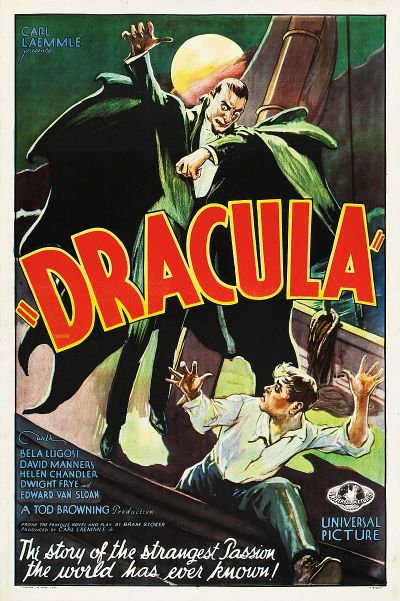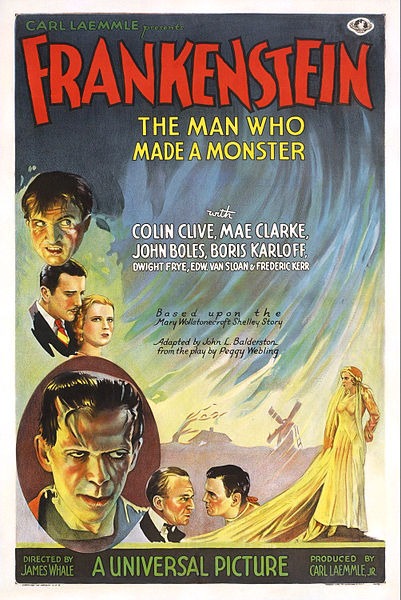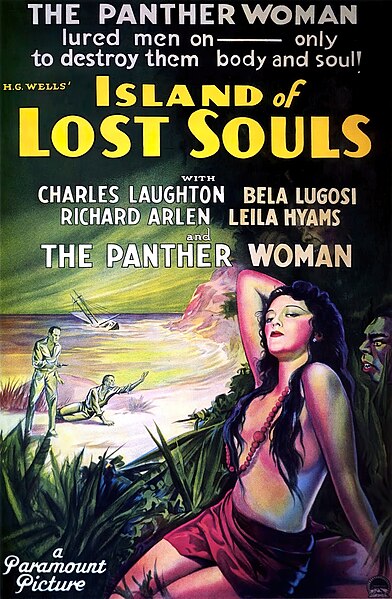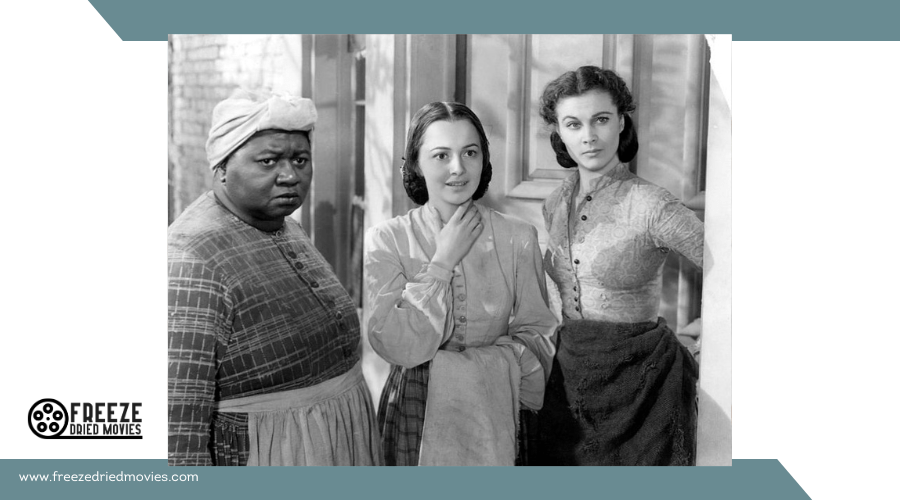1930s Horror: The Golden Age of Classic Monster Movies

The 1930s marked a pivotal era for horror films. This decade saw the birth of talking pictures, which brought new life to the horror genre. Scary movies could now terrify audiences with sound effects and spooky voices, adding a whole new level of fright.
Universal Studios played a big role in shaping 1930s horror. They created many famous monster movies that are still loved today. Films like Dracula and Frankenstein introduced iconic characters that would influence horror for years to come. The 1930s also saw the rise of mad scientist stories and other classic horror themes. While some rules limited what could be shown on screen, filmmakers found creative ways to scare viewers and build suspense.
Horror Finds Its Voice and Screams
The 1930s marked a turning point for horror films. Talking pictures changed everything, bringing new life to the genre. Scary movies now had sound effects that raised goosebumps. Creaking doors and echoing footsteps made viewers jump. Music built tension and warned of danger.
Monsters evolved too. Silent ghosts gave way to creatures that growled and roared. This made the films feel more real and frightening. But the stories stayed fantastical. Many were set in faraway places with odd characters speaking in funny accents.
Movies drew ideas from old books. They took stories from the 1800s and put them on screen. This mix of new sounds and old tales was a hit. People loved escaping their tough lives during the Great Depression. Horror films gave them thrills for just a few cents.
Some directors had a hard time with the switch to sound. Tod Browning, who made silent films, struggled at first. Making movies with talking was very different. Early sound films can seem a bit stiff when watched today.
Still, viewers couldn't get enough. In 1930, 80 million Americans went to the movies each week. That was 65% of everyone in the country! They wanted to see scary monsters and magical worlds. These helped them forget about money problems and world troubles for a while.
Horror movies cost a lot to make. They needed fancy effects. But they made good money at the box office. This kept studios happy to keep making them. The 1930s proved that horror films with sound were here to stay.
Universal's Monster Movie Legacy
The Birth of Horror Icons
In 1931, Universal Pictures unleashed two films that changed the face of cinema. These movies brought Gothic horror to life and created lasting icons that still haunt our imaginations today.
Carl Laemmle Jr., the young head of production at Universal, made bold choices that paid off big. He picked talented directors and relatively unknown actors to bring classic literary monsters to the screen.
Dracula (1931)

Dracula hit theaters on February 14, 1931. It introduced moviegoers to a new kind of monster - the vampire.
Bela Lugosi starred as the blood-sucking Count. His performance set the standard for vampires in film and pop culture for decades to come.
Key facts about Dracula (1931):
- Directed by Tod Browning
- Based on Bram Stoker's novel
- Released on Valentine's Day
- Introduced vampire lore to mainstream audiences
- Bela Lugosi's accent and style became iconic
The film's success sparked a horror movie boom at Universal. It proved that scary stories could be big box office draws.
Frankenstein (1931)

Later that same year, Universal struck gold again with Frankenstein. This adaptation of Mary Shelley's novel debuted on November 21, 1931.
Boris Karloff played the Monster, though he wasn't even invited to the premiere. His wordless performance conveyed both menace and sympathy.
Notable elements of Frankenstein (1931):
- Directed by James Whale
- Colin Clive starred as Dr. Frankenstein
- The Monster's look became instantly recognizable
- Explored themes of science gone wrong
- Sparked debates about the nature of humanity
Karloff's Monster became the face of Frankenstein in popular culture, even though he's not the title character.
These two films launched Universal's run of classic monster movies. The studio kept the scares coming throughout the 1930s:
- The Mummy (1932)
- The Invisible Man (1933)
- Bride of Frankenstein (1935)
Directors like James Whale and actors like Boris Karloff worked on multiple horror projects for the studio. They refined their craft with each new monster tale.
Universal's makeup team, led by Jack Pierce, created unforgettable looks for these creatures. Their work helped make these monsters into enduring cultural icons.
Carl Laemmle Jr.'s vision for Universal as a home for horror paid off in the short term. These low-budget films were huge hits. But the studio faced financial troubles by the late 1930s. Big-budget flops ate into the profits from the monster movies.
In 1936, Universal was sold. The new owners weren't as keen on horror films. The golden age of Universal Monsters came to an end, but their impact lives on. These characters still appear in films, TV shows, and theme parks today.
Mad Scientists in Horror Films

The 1930s saw a rise in horror movies featuring mad scientists. These characters often tried to push the limits of science and nature, sometimes with disastrous results. Many of these films tapped into fears about new scientific ideas and experiments.
Some famous mad scientist characters from this time include:
- Dr. Moreau in "The Island of Lost Souls" (1933)
- Dr. Griffin in "The Invisible Man" (1933)
- Paul Lavond in "The Devil Doll" (1936)
- Dr. Mirakle in "Murders in the Rue Morgue" (1932)
- Ivan Igor in "The Mystery of the Wax Museum" (1933)
These movies often showed the dangers of science gone too far. They warned about what could happen when people tried to play God or change nature. Many of these stories came from books by writers like H.G. Wells and Robert Louis Stevenson.
The year 1933 saw many mad scientist movies released. This was the same year Hitler came to power in Germany. Some think these films may have sensed the dark times ahead.
Mad scientist movies also linked to real-world events and ideas. At the time, some people supported eugenics - the idea of breeding humans to improve genetic traits. This idea was popular with some leaders and groups. It led to unfair and cruel treatment of many people.
These films may have been a way for Hollywood to speak out against these ideas. Many people in the movie business were outsiders or immigrants. They might have wanted to warn about the dangers of letting science go too far.
The mad scientist character became a key part of horror movies in this era. It showed up in many forms, from Dr. Jekyll and Mr. Hyde to Dr. Frankenstein. These roles were played by famous actors like Colin Clive, Henry Hull, and Basil Rathbone.
These movies mixed science, fear, and sometimes a desire for vengeance. They helped shape how people saw science and scientists in popular culture for years to come.
The Horror Genre's Golden Age

The early 1930s marked a peak for horror cinema. From 1930 to 1934, filmmakers crafted unforgettable monsters and eerie tales that still captivate viewers today. This period saw top-tier talent flocking to expertly made films that often drew large crowds.
While Universal Pictures led the charge, other studios also made their mark. RKO scored big with "King Kong" and "The Most Dangerous Game" in the early 1930s. Paramount's "Dr. Jekyll and Mr. Hyde" even earned Fredric March an Academy Award for Best Actor in 1931.
Horror movies of this era pushed boundaries. They explored dark themes and delved into the human mind's hidden corners. These films often took place in strange, timeless settings where normal rules didn't apply. Characters could act wildly, break taboos, and even create life itself.
Hollywood embraced horror for its ability to shock and thrill. The genre allowed filmmakers to test the limits of what was acceptable on screen. They used new special effects to bring impossible creatures to life. Actors took on challenging roles that let them transform completely.
This golden age didn't last forever. By the mid-1930s, changes were coming that would reshape horror films. But the classics from this brief period set standards that horror movies still follow today.
The Production Code
The 1920s saw Hollywood mired in scandal. Stars' wild behavior and risqué films shocked many Americans. Religious groups worried about the impact on viewers. With no consistent rules, local censors could only make small changes. Studios wanted to avoid government control, so they chose to police themselves.
Will Hays led this effort. As head of a new film industry group, he created guidelines for "decent" movies. By 1934, studios had to follow these rules or face bans.
The Code changed how films told stories. Filmmakers found clever ways to hint at edgy topics without being explicit. Married couples slept in separate beds on screen. Bad guys always got caught. Movies couldn't show revenge as a good thing.
Some film types did well under these limits. Romances, thrillers, and war movies thrived. But horror films struggled. The Code banned "weird" content and jokes about religion. Horror directors couldn't be as creative as before. Their films became less fun and exciting.
The Code had strict rules:
- No nudity
- No mocking religion
- Criminals must be punished
- Married couples only for romance
Horror movies lost status and money. They became cheap B-films for years. The genre took a long time to recover its former glory.
While limiting in many ways, the Code pushed filmmakers to be subtle. They used shadows, hints, and symbols to tell complex stories. This led to some of Hollywood's most famous movies.
The British Board of Film Censors had its own set of rules. It was stricter in some ways than the U.S. system. The BBFC could ban films outright or demand major changes.
Here's how the Production Code affected different movie types:
| Genre | Impact of the Code |
|---|---|
| Romance | Had to be more subtle |
| Thriller | Thrived with clever writing |
| Horror | Lost creativity and status |
| Comedy | Less risqué humor |
| Drama | More focus on moral messages |
The Code lasted until 1968. By then, society had changed. People wanted more realistic films. TV shows were tackling tough topics. The old rules no longer fit.
Today's movie ratings grew out of the Code's end. Now, films get rated based on content instead of following strict rules. This lets filmmakers tell more kinds of stories while still warning viewers about what they might see.
Important Horror Films of the 1930s

The 1930s saw the rise of many iconic horror movies. "Dracula" and "Frankenstein" both came out in 1931, setting the stage for a decade of monster films. "The Mummy" wrapped up theaters in 1932, while "King Kong" climbed to new heights in 1933. "Freaks" broke new ground with its cast of real carnival performers.
"Bride of Frankenstein" in 1935 brought a new twist to the monster tale. That same year, "The Werewolf of London" howled onto screens as one of the first werewolf movies. "Mad Love" also debuted in 1935, starring Peter Lorre in a creepy tale of obsession.
These films shaped horror for years to come. They introduced monsters and themes that still scare viewers today.




